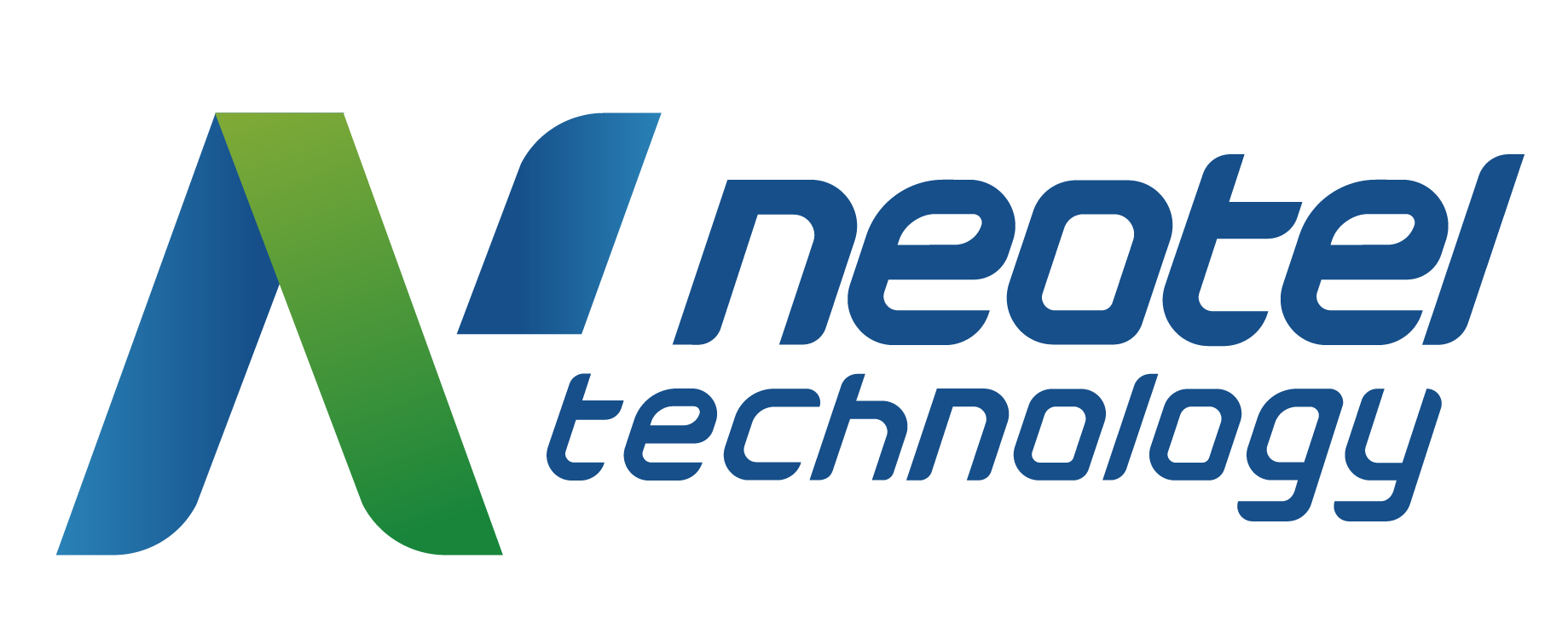What is Total Quality Management?
Total Quality Management (TQM) is an ongoing process of continually improving the quality of internal operations and processes by recognizing, mitigating, and eliminating errors.
This methodology is currently used in a variety of industries including manufacturing, banking, medicine, and numerous others. Due to this widespread use, there are many methods used to enact TQM within an organization. But the fundamental goals are the same: to engage the entire company in the effort to strengthen the organization, increase quality, and enhance the customer experience.
Total Quality Management is an effective business philosophy that mitigates errors, strengthens the supply chain, properly utilizes the workforce, and provides maximal quality for the customer.
KEY TAKEAWAYS
Total Quality Management is the continual effort of recognizing, mitigating, and eliminating process errors and variations.
The goal is to strengthen the supply chain, properly utilize the workforce, and provide maximal quality for the customer.
Quality is always seen from the perspective of the customer.
Effective change and improvement can only take place once every person and every department is engaged .
Brief History of Total Quality Management
In the 1970s and 1980s, Japan’s ability to manufacture inexpensive quality goods was leading to a decline in manufacturing in North America and Western Europe. In response to this, western manufacturers began investigating how certain quality techniques had been implemented so successfully in Japan. This concept went so far that in 1980, NBC broadcasted a program called If Japan Can… Why Can’t we?.
It was as a direct result of this economic downturn that TQM was created, marking itself as a key player in the hyper-focus on quality seen in the manufacturing industry today.
What does “Total” Mean?
Total Quality Management is the philosophy that every person and every process contributes to the overall quality of the company and the supply chain. Maintaining quality is not only a job for inspectors and quality personnel; everyone needs to be unified and committed to this goal. Within the realm of Quality Management, quality is often broken down into 4 key focuses:
Quality Planning: Tasked with designing a process that can hit certain requirements and goals while adhering to current operating conditions.
Quality Assurance: Focuses on improving the quality standards of processes and methodologies used to produce the product.
Quality Control: Focuses on improving the quality of the product by removing defects.
Quality Improvement: A systematic approach to the analysis and improvement of process and system performance.
Each of these key focuses is essential to consistently add value to the customer and strengthen the business. TQM encompasses establishing quality planning, enacting quality assurance, and implementing quality control and improvement. With this “total” in place, quality management takes on a whole new meaning. One with a powerful commitment that extends to all areas of production, extracts the best value, and mitigates process errors.
TQM is All about the Customer
Like other quality-driven methodologies, TQM is first about enhancing customer experience. If the customer is not satisfied, then the quality goals were not met.
Imagine you built a smartphone and encased it in titanium. But your customers wanted a lightweight phone encased in plastic. Despite the titanium casing being a more resistant material, the quality standard was not met because it was not what the customer wanted. The product can exceed quality expectations but under TQM, innovations are always considered under the idea “what is beneficial to the customer and what are they expecting?”.
This focus on quality from the perspective of the customer is fundamental to understanding Total Quality Management. Once this vantage point can be adopted, companies can begin using TQM to enact effective and innovative quality improvements on their products, and continually improve their internal practices.
The 7 Principles of Total Quality Management
To hone the specifics of TQM, the ISO (the International Organization for Standardization) has determined 7 key principles. These principles lay out the key methodologies that TQM embodies and provides clear direction.
Customer Focus: Quality is intrinsically linked to the requirements of the customers. To achieve quality results, the product needs to match or exceed customer expectations. Quality should always be considered from the perspective of the consumer.
Leadership: Leaders of all levels must be united. Their people, strategies, and objectives need to be aligned. If the leadership within a company has a clear direction, it is easier for the workforce to follow suit.
Engagement of People: Engaging every worker is fundamental to an effective TQM strategy. Every employee is essential to enhancing the capabilities of the workforce and consistently deliver quality. If everyone is engaged, then companies can use the collective talents of the workforce more effectively.
Process Approach: Every process within a company is connected. Processes cannot be looked at individually. Under TQM, improvement and quality planning take every activity into account. This enables companies to obtain a bigger picture and enables companies to pursue consistent and predictable results.
Improvement: Customer expectations are always changing and evolving. For this reason, product and process quality improvements need to be a continuous effort.
Evidence-Based Decision-Making: Decisions should be founded on accurate and well-sourced data. With quality data giving accurate evidence, companies can make more informed decisions.
Relationship Management: Vertical and horizontal business relationships need to be properly managed to promote a healthy supply chain. Effectively managing business relationships helps to strengthen the total supply chain, resulting in better process and product quality.
The Advantage of Total Quality Management
Total Quality Management is a powerful methodology that enables companies to engage every worker, every action, and every system under one precise goal: to continually advance the best quality standards for the customer and the entire organization. Whether adopting TQM or not, understanding quality on this scale is powerful, to say the least.
